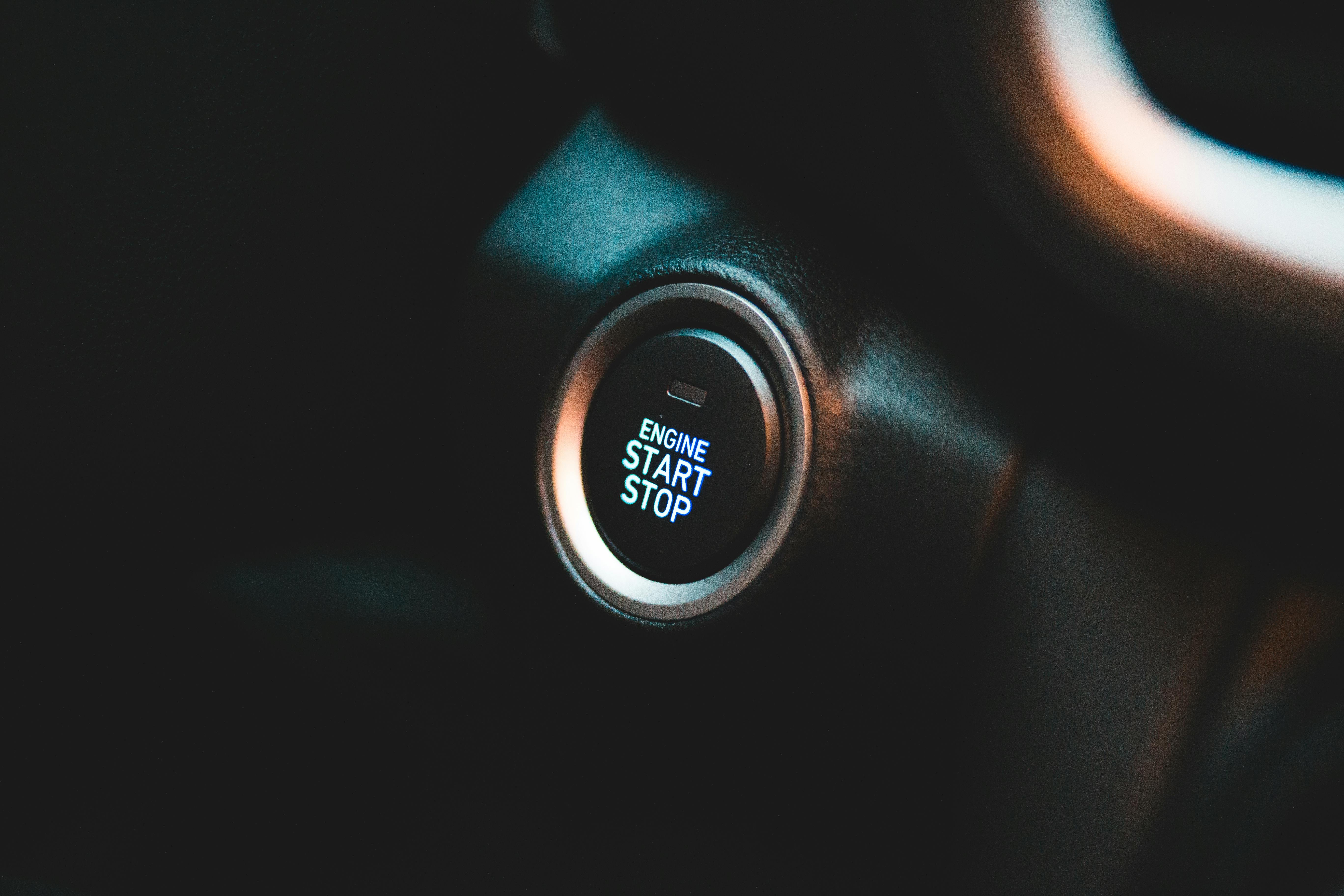Auto auctions in Japan are a great way for car importers around the world to get good quality, low mileage cars and other used vehicles at great prices.
However, to take full advantage of the opportunities that these Japanese auto auctions provide you as a car dealer, you need to make sure that you understand car inspection reports. As a knowledgeable buyer, you can ensure your gold selection and avoid costly mistakes.
In this article, we’ll take a look at who makes these auction inspection reports and what you can find in them.
If you’re serious about buying cars at auto auctions in Japan, you should keep reading.
Quick Intro: What Are These Japanese Car Auctions?
There are around 86 different auction venues in Japan. On a typical day, between 7,000 and more than 40,000 used cars and other vehicles will be sold at these auctions across the country.
A good Japanese car exporter will give their customers access to all these auctions through an online system. You might be a continent or two away from Japan and yet sit down at your computer and jump right into this huge selection of right hand drive and left hand drive cars right away.
Enter an offer with a mouse click and let the car exporter in Japan take care of the rest. A few weeks later, the car will arrive at the port for you to pick it up.
Used Car Inspections at Japanese Car Auctions
Auto auctions in Japan employ experienced mechanics to inspect all the vehicles they sell. These inspectors work on-site in the case of most auctions, or off-site at car dealerships in the rare case of Aucnet.
The auction inspection covers all aspects of the car, from the mechanical areas and chassis to the exterior and interior condition. Auto auction inspectors are thorough in their approach, the only caveat being that they don’t drive the car faster than parking lot speed and obviously can’t dismantle the vehicle to check really hard-to-reach places.
The auction inspector’s report
The car auction inspector writes his notes on the o-kushon hyo (auction sheet). He will use a combination of scoring systems, written descriptions, and an exterior diagram to give readers a good idea of the used car’s condition.
Overall Auction Rating
Auto auctions in Japan assign an overall grade to each of the cars entered into the weekly auction.
I do not recommend that you rely solely on this rating when considering whether or not to bid. You will also need to verify the other detailed information that the inspector has written on the auction sheet.
(A good Japanese car exporter will be able to provide you with a professional translation of these details.)
That being said, the overall auction rating does have a role to play in helping you narrow the field of potential bidders. Here is a brief overview of the different grades:
Grades 7, 8, 9 or S – They refer to new cars with only delivery mileage.
Grade 6 – This grade can sometimes be equivalent to previous grades, but cars with this auction grade will usually have a bit more than just delivery mileage.
grade 5 – These are vehicles in excellent condition, very close to new standard, but with several thousand kilometers on the odometer.
Grade 4.5 – A car in excellent condition, but with up to a few tens of thousands of kilometers on the clock.
grade 4 – A good, solid car that normally has less than 100,000 km on the clock.
Grade 3.5 – A vehicle with higher mileage or one that will need some work to clean.
3rd grade – Either a car with very high mileage or one that is generally rough around the edges.
Grade 2 – Very rough vehicles, usually with corrosion holes, being the reason for this low rating.
Grade 1 – Typically a heavily modified car that has had a different engine or transmission installed, or has an aftermarket turbocharger. Other possibilities are used cars with flood or fire extinguisher damage.
Grade R, RA, A and 0 (zero) – They are cars that have had some type of repair by accident. At one end of the scale, the repairs will be the replacement of a single panel due to a minor parking lot dent, while at the other end are vehicles that must have been rolled in an accident that had almost all of the panels replaced.
unclassified vehicles – These are being sold as-is at auction with little or no condition information. As such, they are very risky and can lead to increasing additional costs if you are unable to drive or get around.
Some of these grades are more common than others. For example, Grade 3.5 and 4 used cars will make up about 50% of the auction on any given day, while there will only be a handful of Grade 1 cars on the same day.
interior and exterior grades
Letters are assigned by Japanese auto auction inspectors to indicate the interior and (sometimes) exterior condition of the car. Again, these are very broad designations, as is the overall auction grade, and it is very important to read the details of the inspectors’ comments to get a full picture of the condition.
Essentially, “B” is considered “average condition, considering the age and mileage of the car.” So an interior rating of “A” means the interior is above average, and if it’s “C” then it’s below average.
The “car map”
This is a diagram of the exterior of the car and is usually found in the lower right hand corner of the auction sheet.
The auction inspector will mark this with a combination of letters and numbers to indicate damage to the exterior of the vehicle.
Here are some basic designations:
A = zero
U = tooth
S = rust (from the Japanese word sabi)
C = corrosion
W = irregularity in the panel (usually caused by the impact of the panel)
These letters are also often followed by a number to indicate severity. So “1” is the least severe and “4” is the most severe. In practice, the Japanese are so tedious with these things that something like “A1”, which stands for the smallest scratch, is barely visible to the naked eye.
Feedback from Japanese Auto Auction Inspectors
In addition to the above, the inspector will also write comments about the used car while reviewing it. Obviously, the higher the grade of the car, the less likely it is to have additional information written on it. So a grade 3 car will have much more feedback than a grade 5 car.
The exception to this may be cars that have a large number of aftermarket modifications and parts installed that the inspector then lists on the auction sheet.
While it may seem like the overall rating, interior and exterior ratings, and car map provide enough information to make an offer, I strongly recommend buyers make sure they get these comments professionally translated before making their final decision. tender.
A grade 5 or higher because you may have no surprises, but anything below that the inspector may have written something that could influence your decision to go ahead with an offer or not. That is why it is very important to look for a Japanese car exporter that offers professional quality translations of auction sheets.
concluding remarks
Auto auctions in Japan offer a great selection of used cars at good prices, and the auction’s inspection regime means you can get a good, detailed picture of any vehicle’s condition before you bid.
While it may seem daunting to buy used cars from the other side of the world, these Japanese auto auction inspection reports make the process of finding good vehicles easier and more reliable.




